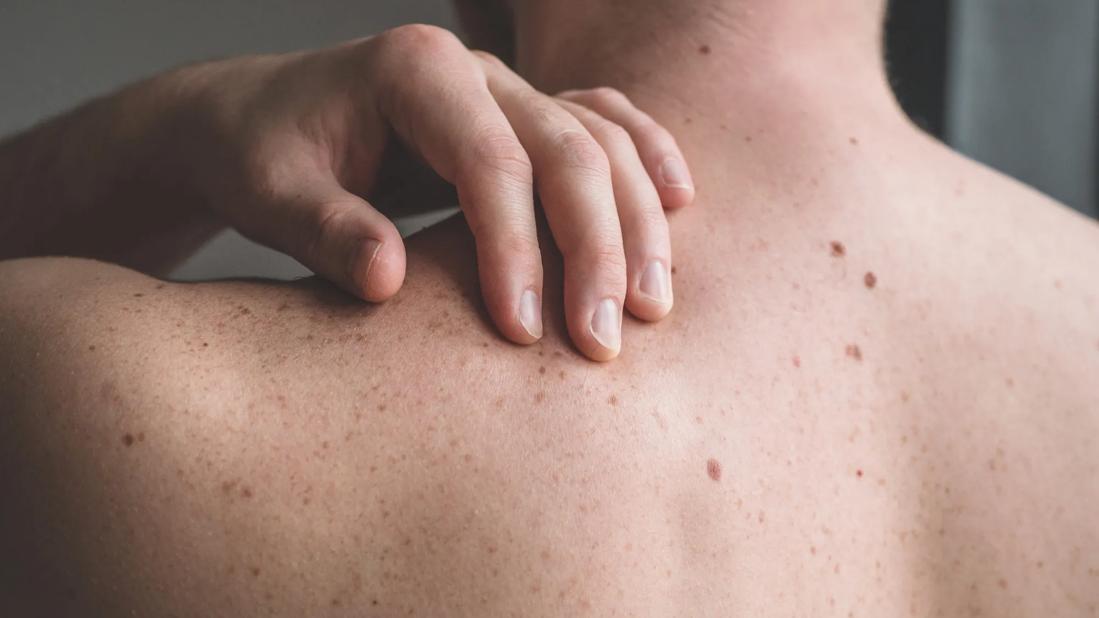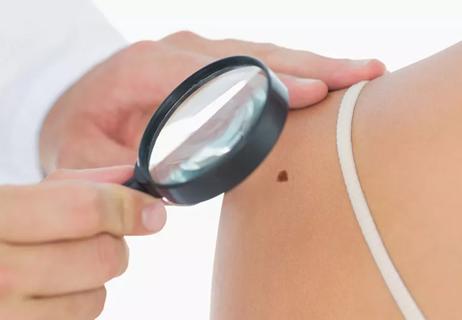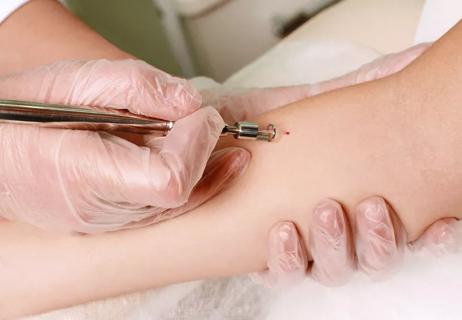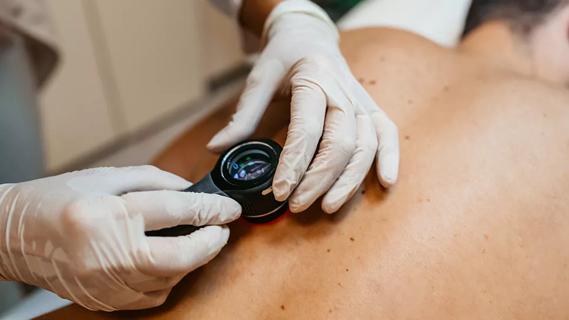During an annual exam, your provider will check for any moles or spots that have changed in size, color or shape

You visit your primary care doctor every year for a checkup and schedule regular teeth cleanings with your dentist — but how often do you see your dermatologist?
Advertisement
Cleveland Clinic is a non-profit academic medical center. Advertising on our site helps support our mission. We do not endorse non-Cleveland Clinic products or services. Policy
Dermatologists are specially trained in detecting skin cancer, which affects more than 2 million people around the world every year, according to the World Health Organization (WHO).
Most skin cancers are highly treatable, especially when they’re caught early, so having skin cancer screenings is an important part of your healthcare routine.
Dermatologist Paul Benedetto, MD, explains what goes into a full-body skin cancer screening and what to expect.
If this is the first time you’re hearing about a full-body skin cancer screening, you may be wondering how often you should get one or if you’re already too late to start.
According to Dr. Benedetto, there’s no exact timeline or deadline for when to get one. The best time to start and the frequency of receiving them will depend on your specific skin type, sun exposure and medical history.
Annual skin exams may be especially recommended for anyone who:
Advertisement
Overall, an annual exam is recommended for all adults. If you’ve never had one, Dr. Benedetto says that’s all the more reason to get one. This will help your healthcare provider establish a baseline and discuss how often you should have regular skin checks.
So, if you haven’t gotten a skin cancer screening yet, now is the perfect time to set up an appointment with a dermatologist.
Head, shoulders, knees and toes! During a skin cancer screening, every part of your body gets inspected. Your appointment will involve a thorough examination of your skin — from the top of your scalp to the bottoms of your feet.
For the exam, you’ll be asked to remove all of your clothing and put on a gown. Then, your dermatologist will take a close look at your skin and note any irregularities.
“They may use a bright light or hand-held magnification tool called a dermatoscope to look at skin lesions in more detail,” Dr. Benedetto explains.
The main thing that a dermatologist is looking for during the exam is any sign of skin cancer. This could be in the form of irregular spots, moles or lesions. Of course, your skin is already covered with moles, freckles and scars that may be harmless. A dermatologist will know what to flag as a warning sign of anything more serious.
There are three main types of skin cancer:
While they each look different, the most common warning sign of any kind of skin cancer is a change in the skin, such as a new growth or a visible change in an existing growth or mole.
Ahead of the appointment, make note of any spots on your skin that you’re concerned about and be sure to bring them up before your doctor gets started.
To make the exam as easy as possible, Dr. Benedetto recommends that you do the following before your appointment:
If your doctor doesn’t find anything suspicious, the exam shouldn’t take more than 15 minutes.
If your doctor finds a spot that could be cancerous or pre-cancerous, they’ll likely want to take a picture for your medical chart and perform a skin biopsy.
During a biopsy, they’ll remove a small amount of tissue to be examined under a microscope by a pathologist. This is a simple procedure that can typically be done right then and there in the office.
They’ll clean the area of skin where the spot is located, numb it with an injection of local anesthesia and then use a blade or scalpel to take a sample of the skin. You shouldn’t feel any pain, aside from the small pinch from the injection.
Advertisement
That sample will be sent to the lab for testing, and your provider will share the results with you when they’re available. This usually happens within a few days but could take up to a week or longer.
“If the spot turns out to be cancerous, it may need to be completely removed or treated with other methods,” explains Dr. Benedetto.
Annual skin cancer screenings are an important part of your healthcare. But remember, you know your body better than anyone. So, regardless of how often you see your dermatologist, you should do your best to monitor your own skin — and that of your partner and close family members.
You can do this by grabbing a mirror and performing a skin exam of your own every three to six months.
Dr. Benedetto recommends looking for moles or spots that:
And above all else, remember that practicing safe sun habits is the best way to prevent skin cancer from developing in the first place.
Advertisement
Learn more about our editorial process.
Advertisement

Wear sun-protective clothing, apply sunscreen every day and avoid tanning to help reduce your risk

Family history matters for melanoma, but the connection isn’t as strong for other skin cancers

Both skin cancers are increasingly affecting younger populations

Mohs surgery removes most common skin cancers

The risk is less, but sunscreen is never a bad idea

Scalp cancers can occur because of long-term sun exposure

The likelihood of melanoma returning varies by stage, but you can take steps to help prevent recurrence by wearing sunscreen and monitoring your moles

The size, shape and color of moles may offer clues that point to melanoma

Babies can get congested easily, but you can calm their cough by keeping them hydrated, using nasal drops and running a humidifier

Weight loss may cause loose, sagging skin and muscle loss to your rear

Several conditions, like vitiligo and fungal infection, can cause a loss of pigmentation, leading to white spots or patches on your skin